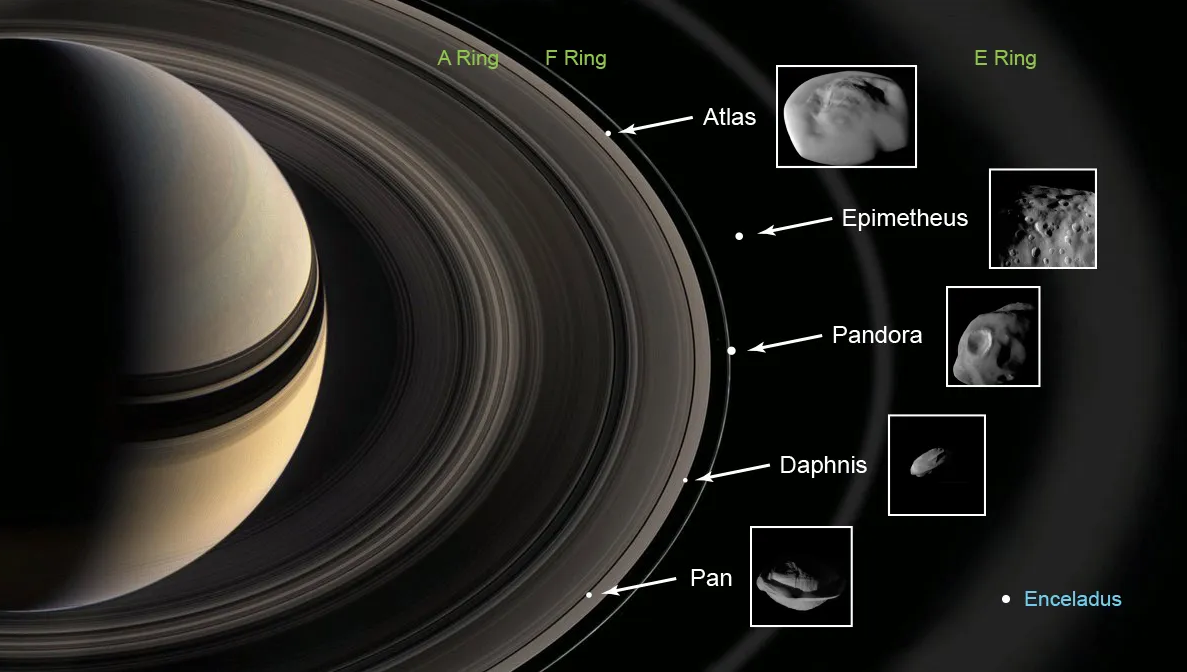
Saturn and the moons
"This is the latest discovery of multiple moons," The New York Times reported today, March 12, quoting Dr. Mike Alexandersen of the Harvard-Smithsonian Institute for Astrophysics, an author of a report on Saturn's moons that will be published in the American Astronomical Society's journal Research Notes of AAS .
Many of the new moons are only a few kilometers in diameter, much smaller than Earth's moon (3,474 kilometers). However, as long as they maintain a traceable orbit around a planet, scientists responsible for classifying celestial bodies in the solar system still consider them moons.
The report's lead author, Dr Edward Ashton of the Academia Sinica Institute of Astronomy and Astrophysics in Taiwan, will have the right to name the new group of moons.
The current naming scheme for Saturn's moons is based on figures from Norse and other mythologies.
The moons were discovered in 2023 using the Canada France Hawaii Telescope on Mauna Kea in the US state of Hawaii. Dr Ashton and his colleagues observed areas of space near Saturn, which over time allowed them to track the motion of previously unrecorded moons.
Unlike Earth, the gas giants and ice giants of the solar system possess many moons. Specifically, Jupiter has been confirmed to have 95 moons so far, Uranus has 28 moons and Neptune has 16 moons.
Source: https://thanhnien.vn/phat-hien-them-128-mat-trang-cua-sao-tho-185250312144936717.htm


![[Photo] Closing of the 11th Conference of the 13th Central Committee of the Communist Party of Vietnam](https://vstatic.vietnam.vn/vietnam/resource/IMAGE/2025/4/12/114b57fe6e9b4814a5ddfacf6dfe5b7f)





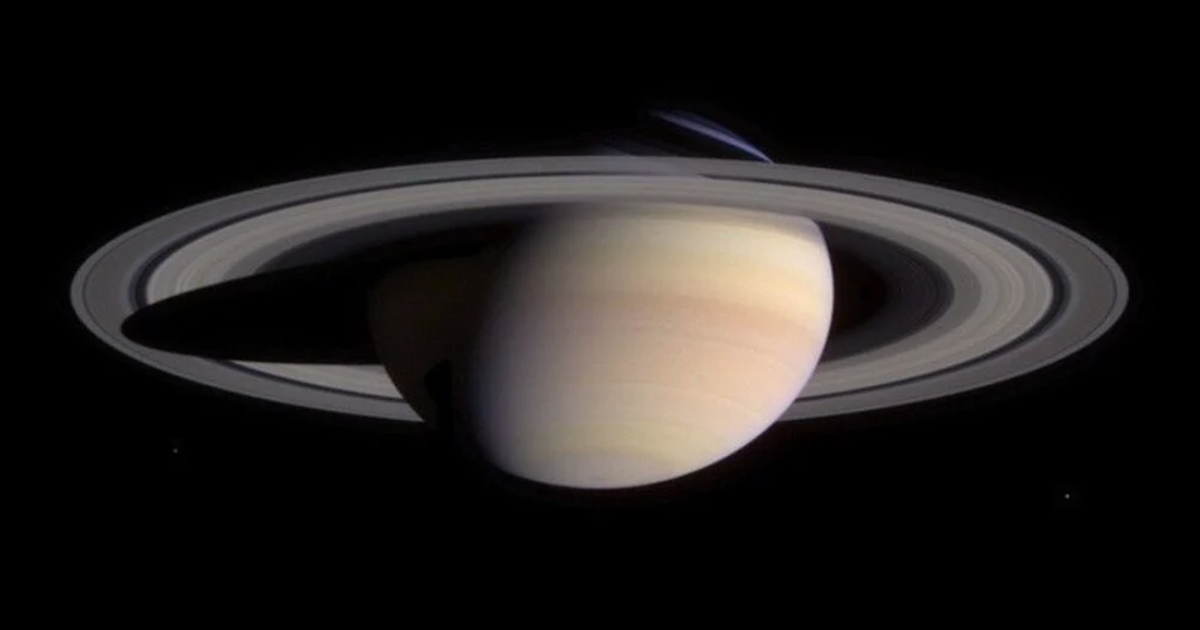
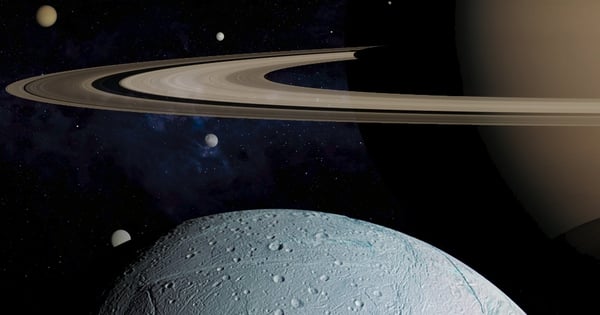

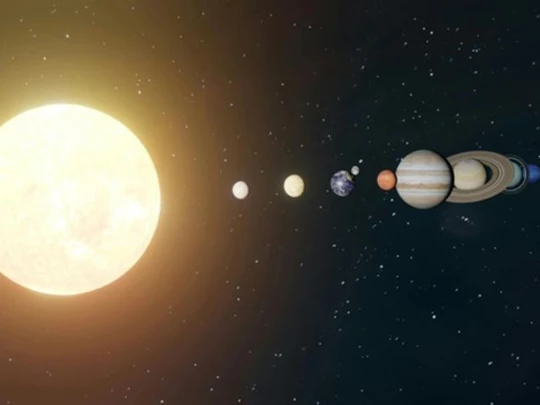

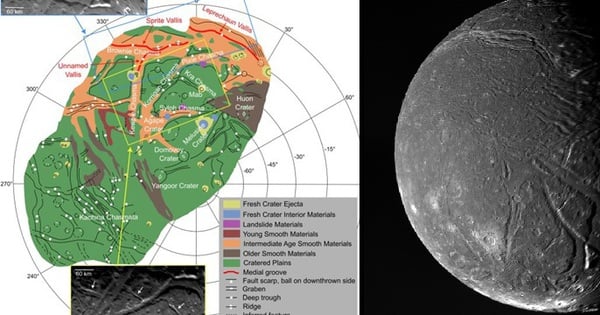
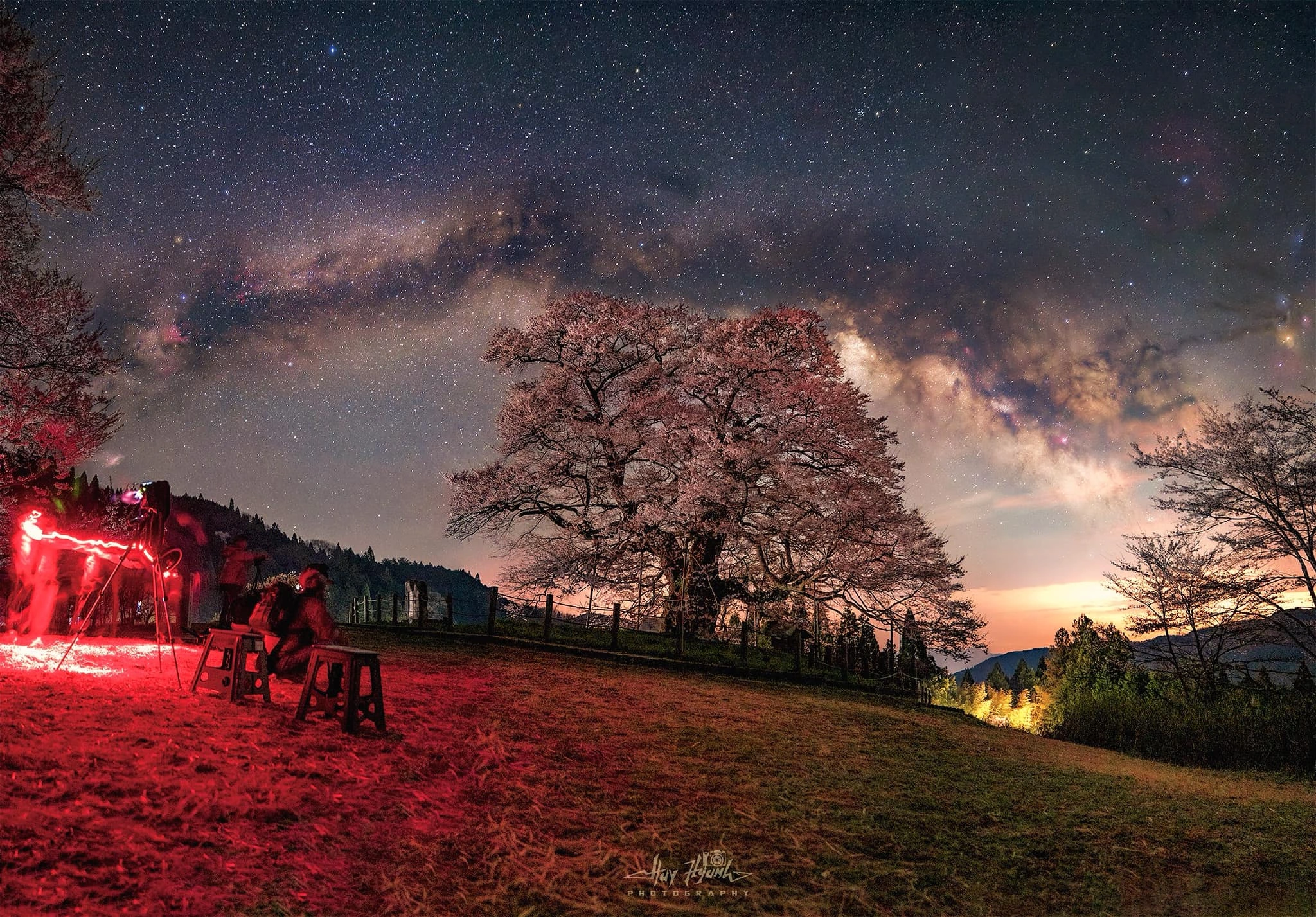
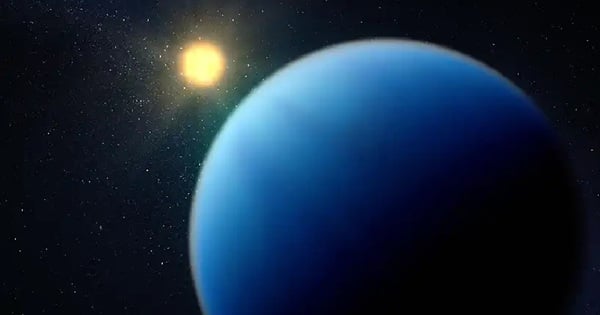
















![[Photo] Overcoming all difficulties, speeding up construction progress of Hoa Binh Hydropower Plant Expansion Project](https://vstatic.vietnam.vn/vietnam/resource/IMAGE/2025/4/12/bff04b551e98484c84d74c8faa3526e0)































































Comment (0)